Most gardeners have heard of nitrogen-fixers and use them on an active basis. How many know about the scientific methodology of how nitrogen-fixers work? How about identifying symptoms of nitrogen deficiency? Or the causes of nitrogen-deficiency? This article will be diving into these and other nitrogen-fixing questions. Read on for more.
What Is Nitrogen?
I’m sure many gardeners and homesteaders have seen purchasable bags of soil that advertise they are rich in NPK. This acronym stands for nitrogen, phosphorous, and potassium — in other words, the three essential nutrients needed for plant growth.
To talk in science terminology, nitrogen is an element on the periodic table and specifically is part of the chlorophyll compound that’s an essential component for photosynthesis to work, and for plant cells to be built (it is part of plant protoplasm). To put it simply, nitrogen atoms help leaves, flowers, and fruits to grow.
Of the three NPK nutrients, the highest plant demand is put on nitrogen. Nitrogen is generally the first nutrient for which soil becomes deficient.
What Are Nitrogen Fixers?
Okay, now that we’ve explained what nitrogen is, what are nitrogen fixers?
To understand nitrogen-fixing plants, we have to understand a bit about bacteria. Nitrogen-fixing plants have a mutually beneficial relationship with bacteria called rhizobia. Rhizobia live in the roots of nitrogen-fixing plants.
The bacteria “fix” nitrogen by taking it in from the air and turning it into a form that plants can use. Plants cannot use atmospheric nitrogen, only nitrogen that has been turned into a usable form (called nitrate) can be used by plants. The nitrogen-fixing bacteria then store this nitrogen in the soil and in return, the plants provide the bacteria with sugars they need to survive. It’s a win-win for everybody.
If you’ve ever pulled up a nitrogen-fixing plant by the roots, you will have seen little white balls attached to them. These are called root nodules and are where the bacteria fix nitrogen.
It can be a great science lesson for kids to pull up a nitrogen-fixer and discuss the nodules with them (and fun for adults, too).
Because of this symbiotic relationship between plants and bacteria, nitrogen-fixing plants act as natural nitrogen fertilizers for the plants around them. Another great thing about N-fixing plants is that many of them are great at attracting pollinators and beneficial insects like ladybugs.
What Are Some of the Best Ways to Utilize Nitrogen-Fixers?
Cover crops or ground covers can be an excellent way to utilize the benefits of nitrogen-fixers. This is because they retain soil moisture, regulate soil temperature, and provide mulch — all while fixing nitrogen in the soil as a usable form.
You’ll read below about some of the reasons nitrogen can become deficient in the soil, and one of those reasons is due to it washing out from excess water. Cover crops help eliminate this issue.
Cover crops, however, are best used with a crop rotation method. This means that after you harvest your crops, instead of leaving the soil to sit bare, plant a cover crop to grow until your next main crop. This allows the soil to be protected and amended passively until you’re ready to grow more food.
Cover crops can be planted in between the rows of fruit trees. You could, for example, plant clover as ground cover and leave it between your fruit tree rows permanently.
When you’re done using cover crops, you can either remove them or till the entire plant back in the soil to maximize benefits.
What Plants Function as Nitrogen-Fixers?
There are quite a few plants that act as N-fixers: trees, shrubs, flowers, herbs, and legume plants. You can choose from quite a variety of options depending on your needs or desires.
Many nitrogen-fixers are leguminous such as acacia, mesquite, lupine, black locust, beans, peas, and clover. These are generally all part of the bean family, Fabaceae. However, not all plants from the legume species are nitrogen-fixers, so don’t let yourself be fooled. For example, honey locust and carob are not nitrogen-fixing plants though they are also in the Fabaceae family.
In terms of N-fixing trees, it is generally best to plant them before fruit trees and other sensitive species have been planted. This can help establish a microclimate through their canopy, and amend the soil to help set up a successful growing environment for other fruit trees and vulnerable species.
This is known as ecological succession.
Another way to think of this method is to plant “support” species before planting “productive” species. As the productive species becomes established, you can begin pruning and cutting down on the support species.
It is important to remember when selecting nitrogen-fixing tree species to pick them based on their potential height and preferred climate. This can help reduce a lot of potential errors, unwanted results, and failed growth attempts.
The following lists are not comprehensive, but something to help get you started.
Trees That Fix Nitrogen
- Acacia
- Alder
- Black locust
- Mountain mahogany
- Mesquite
- Mimosa
- Wisteria (depends on how you look at “trees”)
Shrubs That Fix Nitrogen
- Buffaloberry (edible)
- Autumn olive
- Bayberry
- Sea buckthorn (edible)
- Carolina bush pea
- Silverberry (passably edible)
- Wax myrtle
Herbs That Fix Nitrogen
- Licorice
- Milkvetch
- Cowpea
Flowers That Fix Nitrogen
Anything with flowers will attract pollinators as well.
- Butterfly pea
- Sweet pea
- Lupine
- Sweet vetch
- False Indigo
Annuals That Fix Nitrogen
- Black-eyed peas
- Red cowpeas
- Crimson clover
- Fenugreek
- Garbanzo beans
- Soybeans
- Peanuts
Perennials That fix Nitrogen
- Alfalfa
- Strawberry clover
- Birdsfoot trefoil
What Causes Nitrogen Deficiency in the First Place?
- Inadequate supply of nitrogen
- Soil pH too high
- Other minerals too excessive (manganese, chloride, zinc, potassium)
- Excess watering or rain (can cause nitrogen to wash out)
- Some plants have higher nitrogen needs than others (some become nitrogen deficient while others thrive)
What Are the Symptoms of Nitrogen Deficiency?
- Slow growth
- Yellowing of leaves
- Small leaves
- Leaves dropping off plant
- Poor fruit or flower production
- Susceptibility to pests and diseases
How Do You Manage Nitrogen Deficiency?
Planting nitrogen-fixers, of course. This can be in the form of companion planting nitrogen-fixers or using cover crops. Rotating crops in and out of beds is a great option, too. You can also use nitrogen-rich fertilizers, organic matter, or mulch. As already mentioned, over-watering can wash nitrogen out of the soil so use proper irrigation methods to help minimize this problem.
The fun thing about utilizing nitrogen-fixers is there are lots of options! You can plant trees, flowers, or crops that yield food. You can companion plant, grow trees, create natural ecological succession chains, utilize cover crops — you name it, you can probably do it. You could even grow peas next to a fence line where you grow roses. The peas can climb the fence, supply you with cute purple flowers, and of course yummy peas, plus give your roses a boost of nutrients to make them lush.




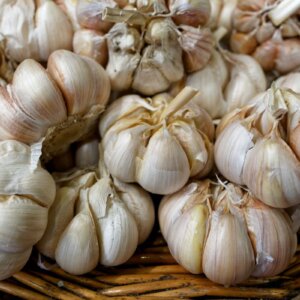


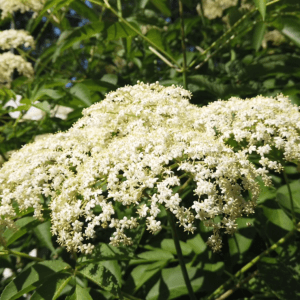

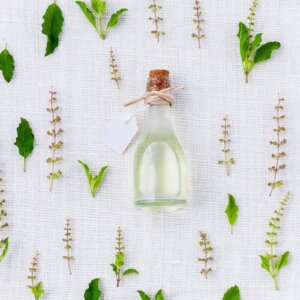

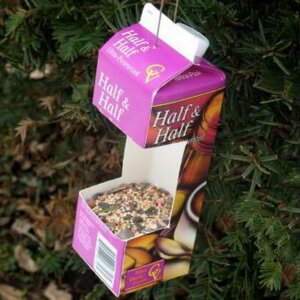

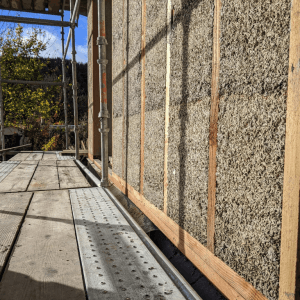

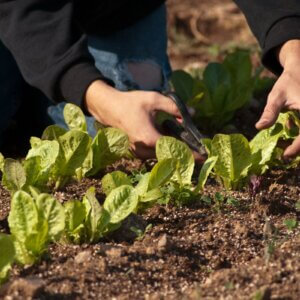


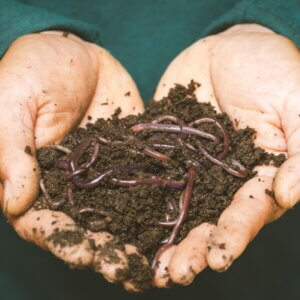


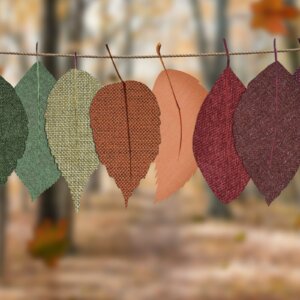



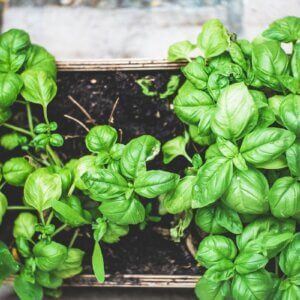
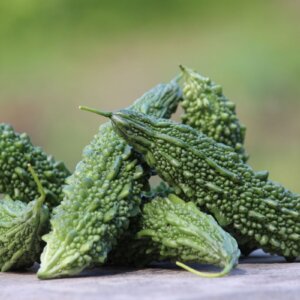


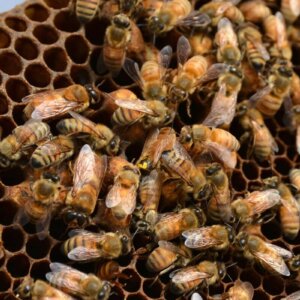


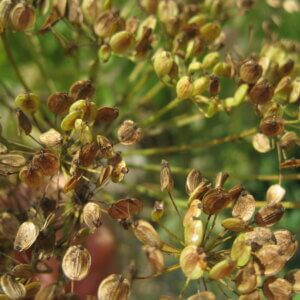



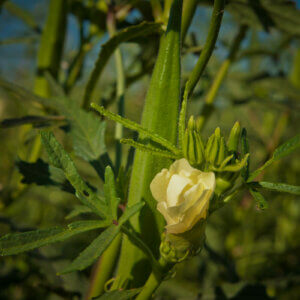

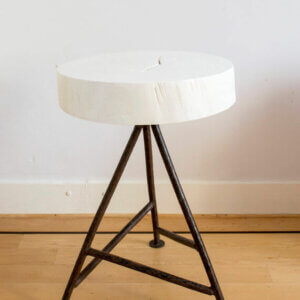


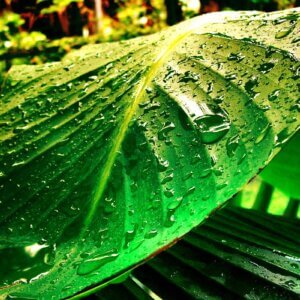
Solid information that most of us amateur gardeners probably (sort of) know but don’t remember. Thanks for the well written overview.